Understanding our roots and their artistic contribution to our cultural identity. Why it is important to save these from getting extinct today.
We know some of the world’s most renowned artists well and admire their work of art. Talk about Van Gogh, Leonardo da Vinci, we are aware of their contribution to art. But when we talk about our very own folk art or traditional art, most of us are clueless. How many of us take the effort to visit a dedicated art museum wherever we travel to? Very few of us dear travellers. Folk Art in India has been fighting the survival battle for years now. Because of our lack of interest that makes the art go extinct. But we can change the narrative for folk art paintings in India fellow travellers. All it takes is a little bit of knowledge, a curious eye and the willingness. To be a part of learning about our folk art paintings and their roots.
Folk Art Paintings have various types with some being done on cloth or fabric, leaves or wood, in the caves. Even in the form of paintings on the ground that we commonly refer to as rangoli in Indian culture. As the name suggests Folk Art always depicts or portrays folklores and stories. It revolves around Hindu Gods and Goddesses and sometimes even planetary gods like Sun, moon and earth. Some folk art paintings also portray the lifestyle of the tribes who invented them. Or the royal day to day activities of the royal court embellished with gems and gold.
Let us have a look at the types of folk art paintings. They have somehow survived the crucial times and can be saved with a little effort on your end:
PattaChitra and Phad Paintings:
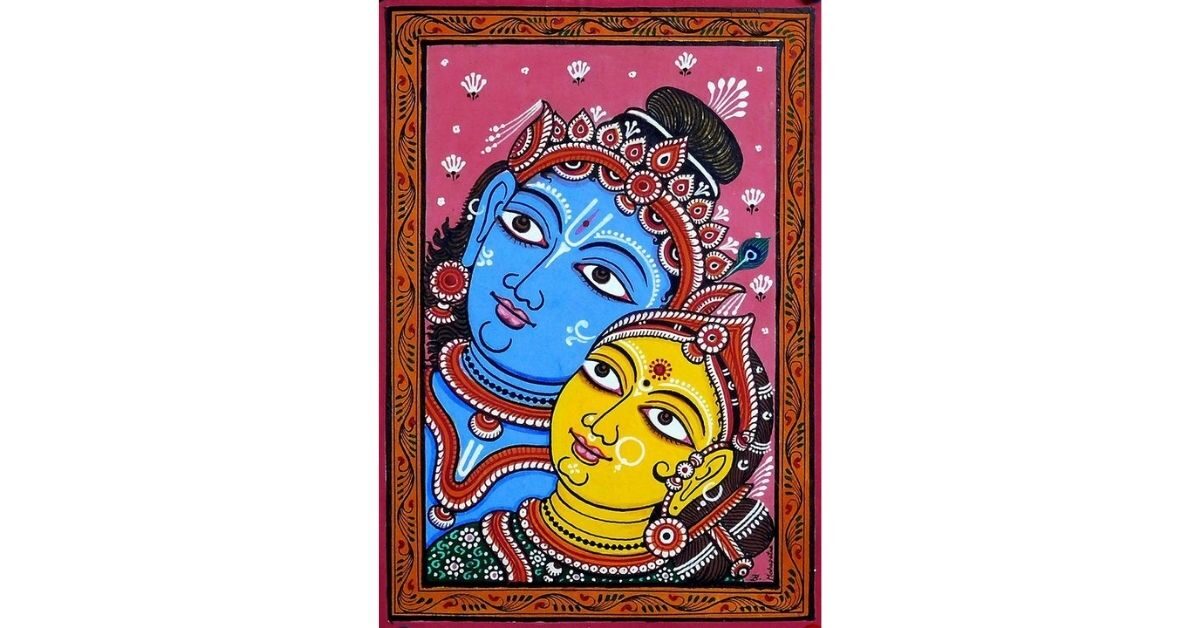
Both of these paintings have one thing in common. That is they are both made on Cloth based scrolls and narrate folk stories. But what differs is the regions and the practices that are involved in making them. While the Pattachitra painting originates from the tribes of West Bengal and Odisha, Phad paintings come from Rajasthan. And hence the cultural context in both of these changes.
Pattachitra paintings are made by Odiya Chitrakaars and Patua’s of Bengal. They narrate stories of Deities. It uses completely organic and naturally made colours in vibrant shades.
While Phad Paintings also depict deities, what’s unique to them is they also narrate tales of brave heroes and kings. Made on Khadi Fabric, the Phad paintings also use vibrant colours. It narrates stories of heroes like Prithviraj Chauhan, Amar Singh Rathore, etc. A smaller version of Phad paintings is known as a Phadakye. It uses water, gum, and indigo to make the desired colours and use them for painting.
Tanjore or Thanjavur Paintings:
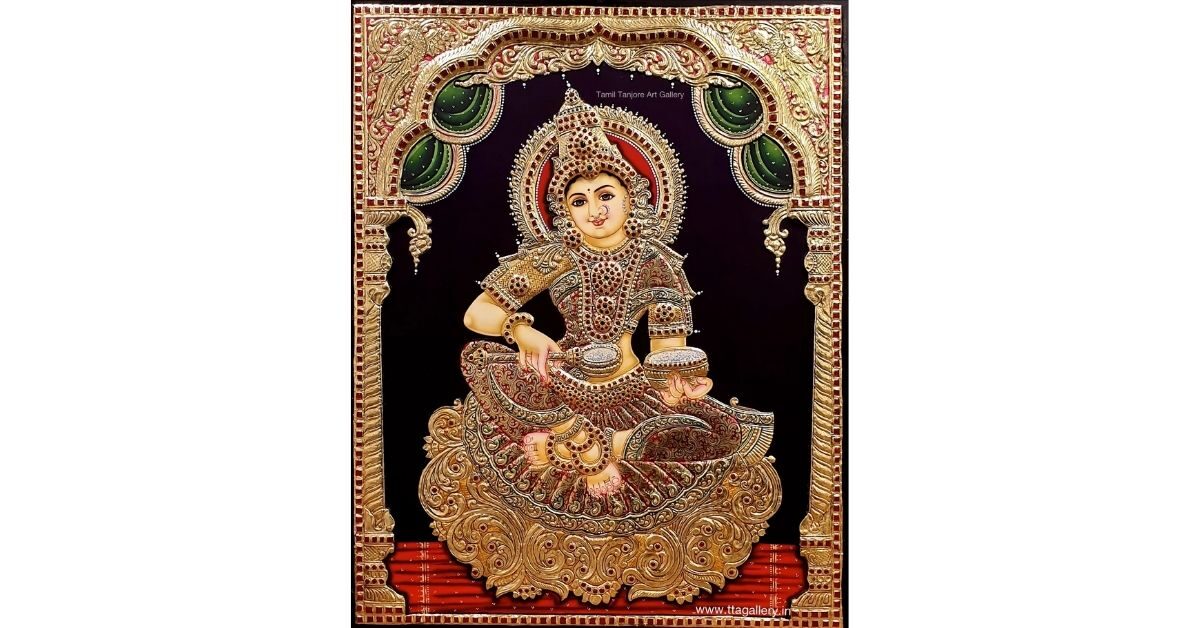
These paintings are made on teak wood or wood from jackfruit trees. They require some of the most expensive materials to make them. Make use of real gold foil work, gemstones that are both semi-precious, and mirror work to a large extent. They depict Gods and Goddesses painted intricately with lots of detailing in the work. You can find Tanjore paintings in temples and royal households and palaces of Tamil Nadu even today.
Madhubani Paintings:
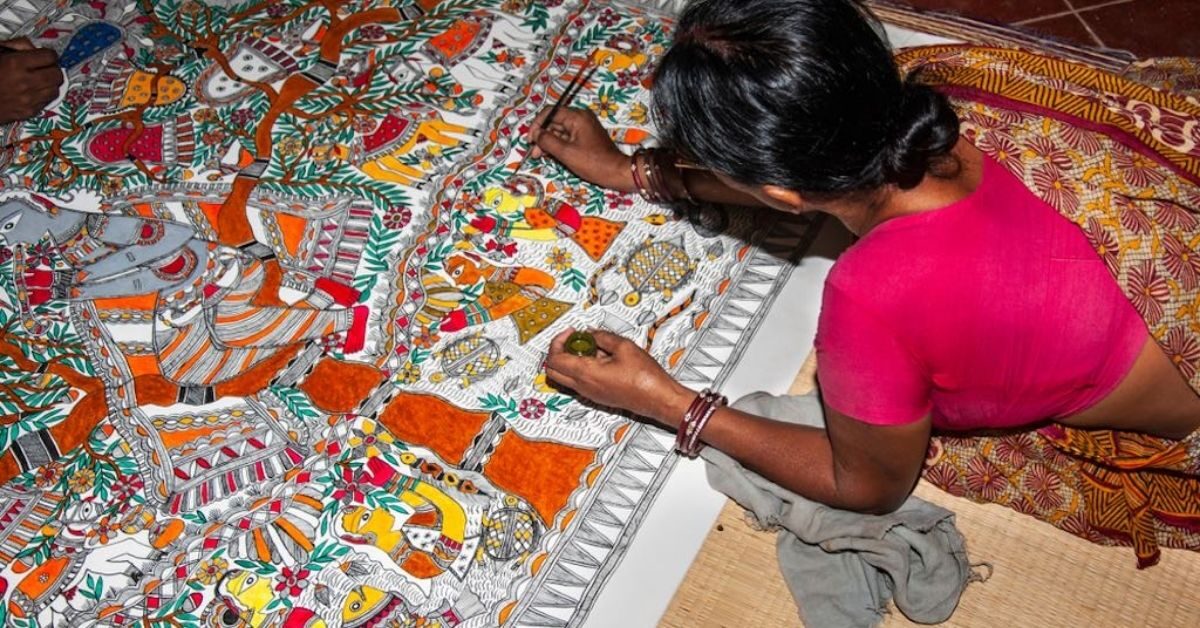
Madhubani Art was originally just used as home decor. By farmers and villagers of the Mithila district of Bihar and Jharkhand state. However, due to famines, they had to shift from agriculture to other sources of income. Thus they began painting on satin clothes, canvases, etc. Madhubani paintings depict day to day life, nature, Hindu social events, Royal scenes, etc. The colours are also extracted naturally from flowers, fruits, etc and black is made by mixing cow dung and soot. Madhubani paintings are famous across the globe.
Bhil and Gond Paintings:
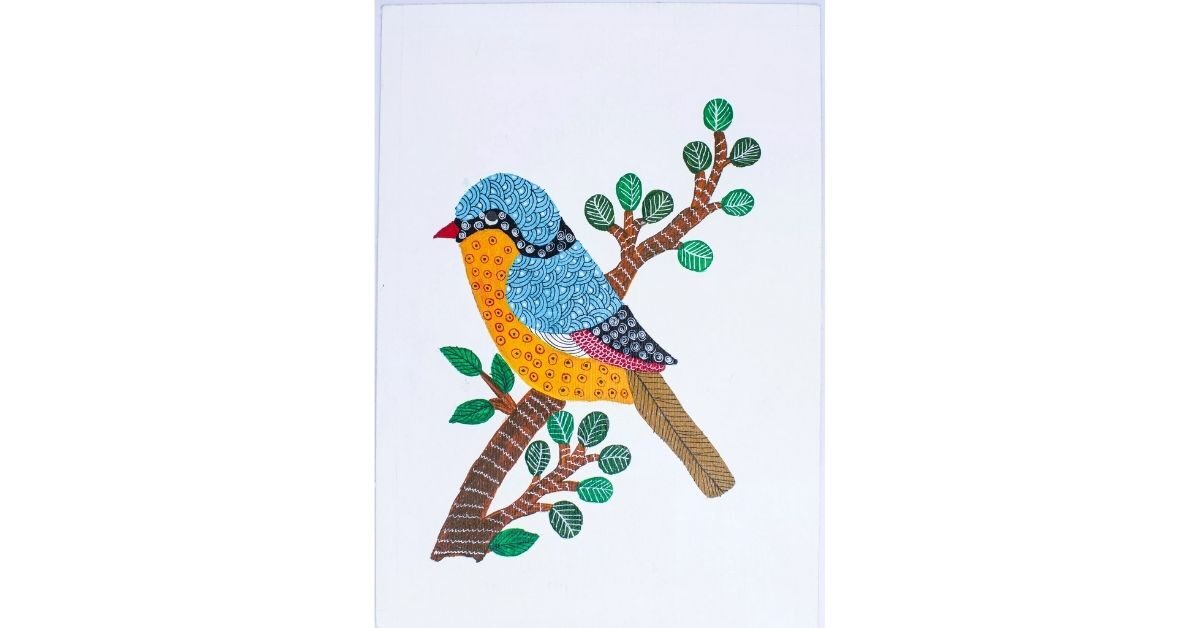
Both of these paintings are types of tribal folk art that is a crucial part of the tribe’s cultural & identity. The Gond tribe is the largest tribal community of India. While the Bhil tribe is the second-largest right after the Gond Tribe. The Gond tribe uses mystery and humour in their folk paintings. Gond Paintings depict nature, day to day life, and mythology. On the other hand, the Bhil tribe makes the Bhil folk paintings. This art form originates from 4 states of India- Madhya Pradesh, Gujarat, Rajasthan and Maharashtra. Similar to Warli painting the tribe paints on the walls of their homes.They use a lot of dots to make their paintings.
Warli Painting:
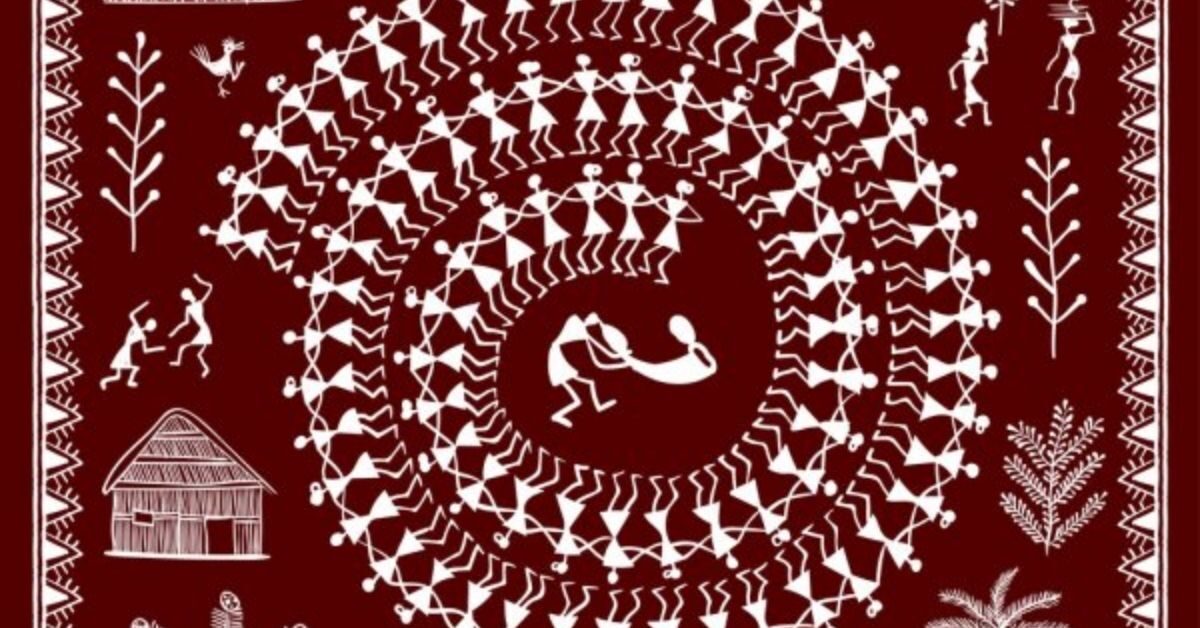
Originates from Maharashtra and is seen on the walls of tribal households. These paintings make use of stick figured humans that depict social events, everyday life, nature, and many other things. Warli painting is also found on fabrics, and clay artefacts. The Malkhar Koli Tribe of Maharashtra takes immense pride in Warli paintings. You can find these paintings on their walls even today.
While these are only a few folk art paintings that we commonly find today, there are many more that are missing from the public eye and are not getting the attention they deserve. Now that we know what types and forms of folk art paintings exist in India, the question arises- how can we contribute to saving these folk art paintings? The answer is simple- buy these paintings and art forms.
You can find most of these paintings in the form of block prints on clothes, or as art pieces that you can put up on your walls, on pottery, handicrafts and artefacts, or even as gift items. When you buy from the tribal communities and fuel their businesses that keep their art alive, you contribute to keeping the folk art paintings of India alive. We would love to put up more such pieces in our office from our next voyage for sure.
If you feel like you would want to be someone who helps in keeping this art form alive, you can also take up traditional art workshops and learn these art paintings that are on the verge of extinction. Every bit counts dear traveller.
Follow India Chalk on Instagram for more amazing travel content. You can share your travel story with us. Reach out to us on email at contact[at]ndiachalk[dot]com. This blog is curated by India Chalk and written by Megha Sapre.
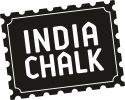
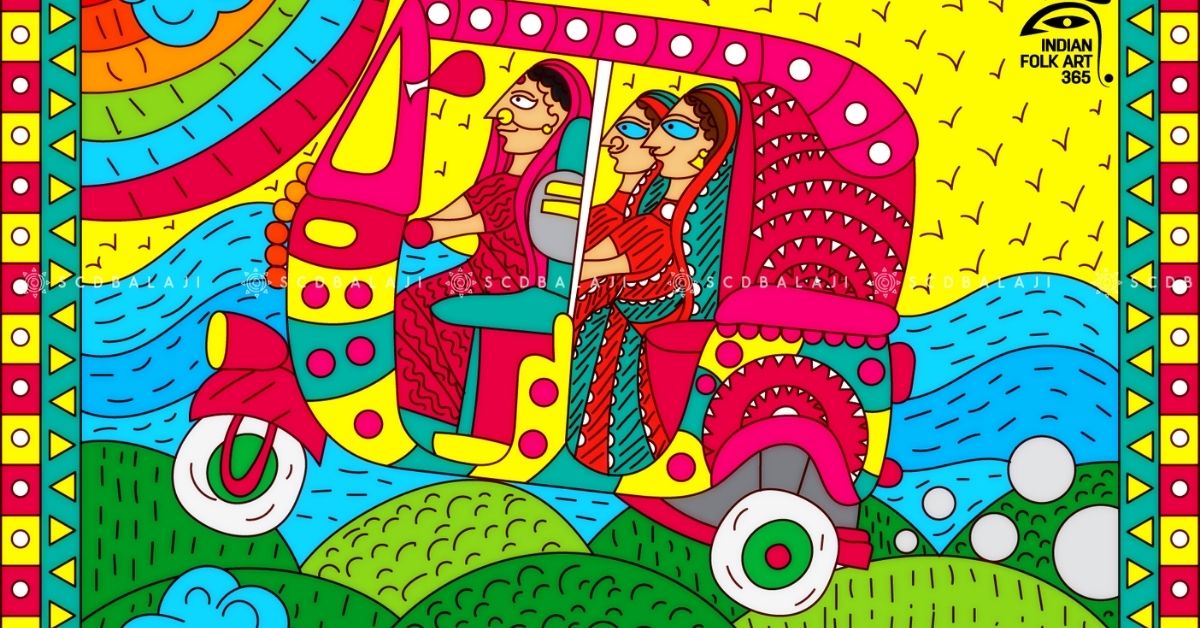
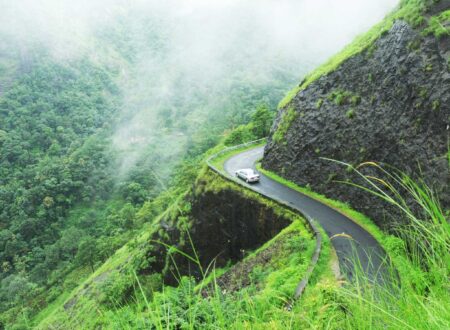
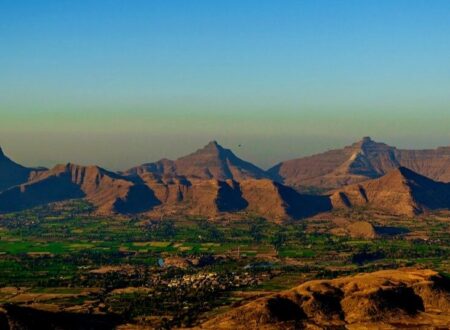
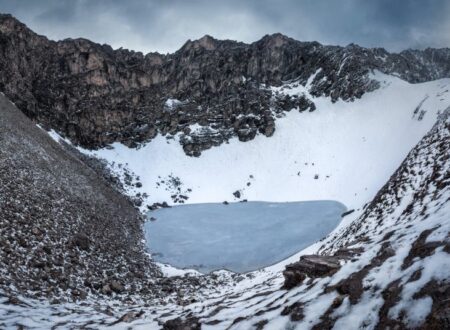

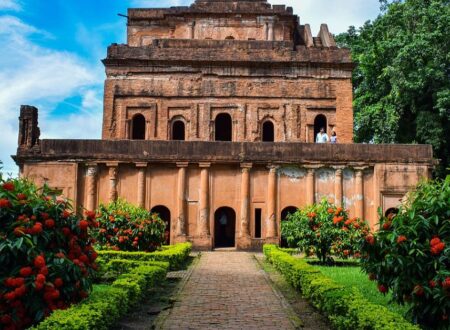
1 Comment